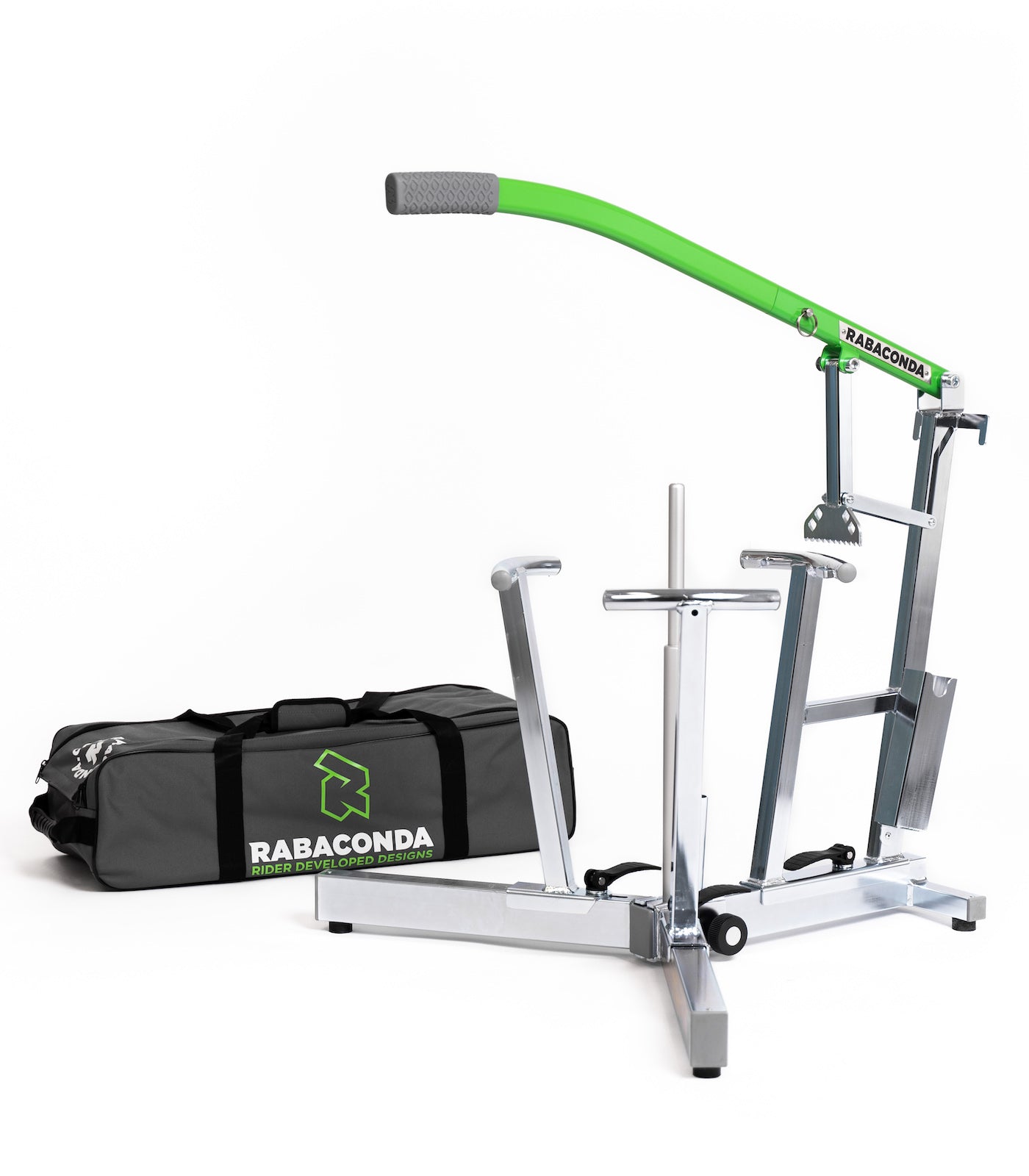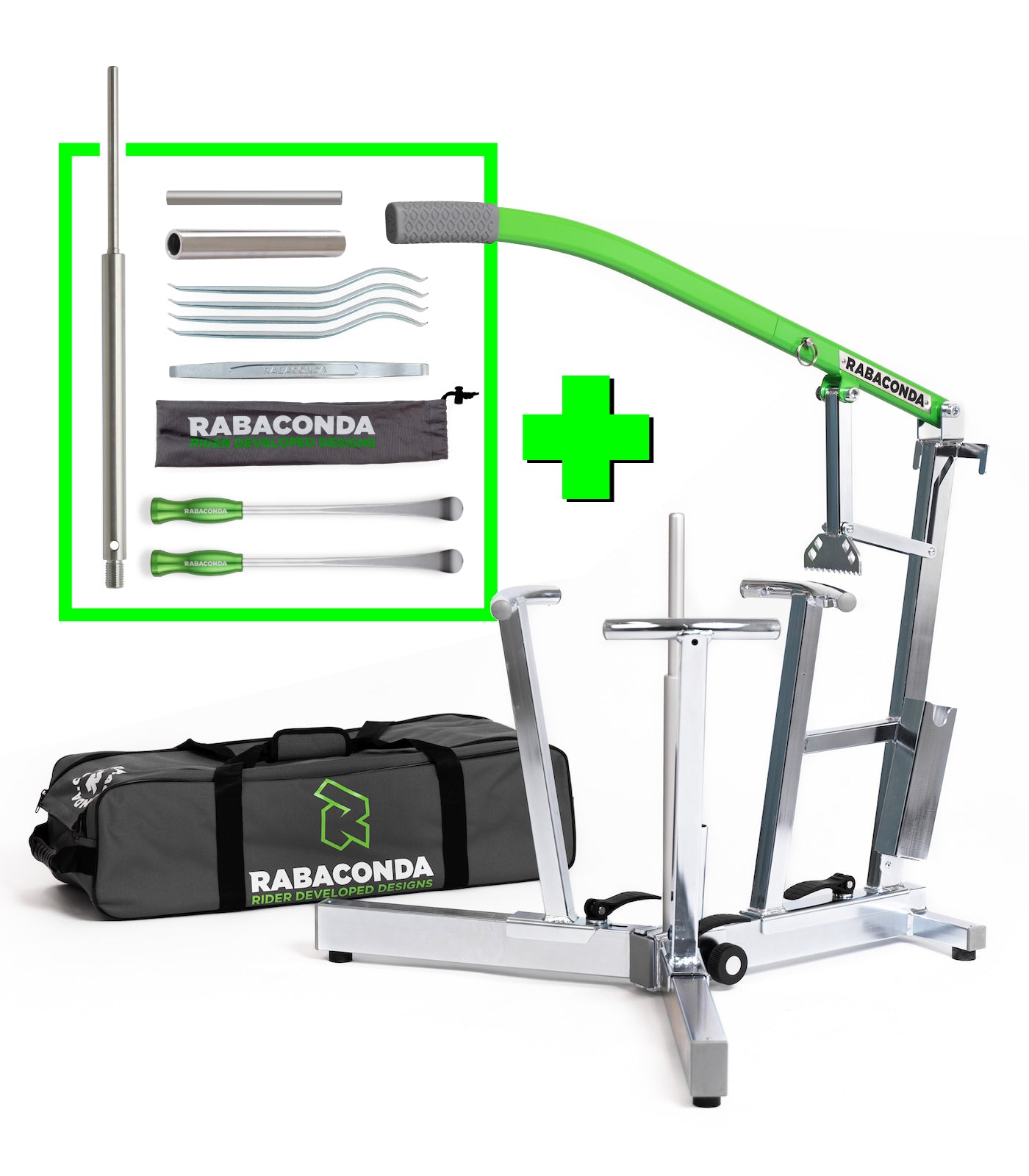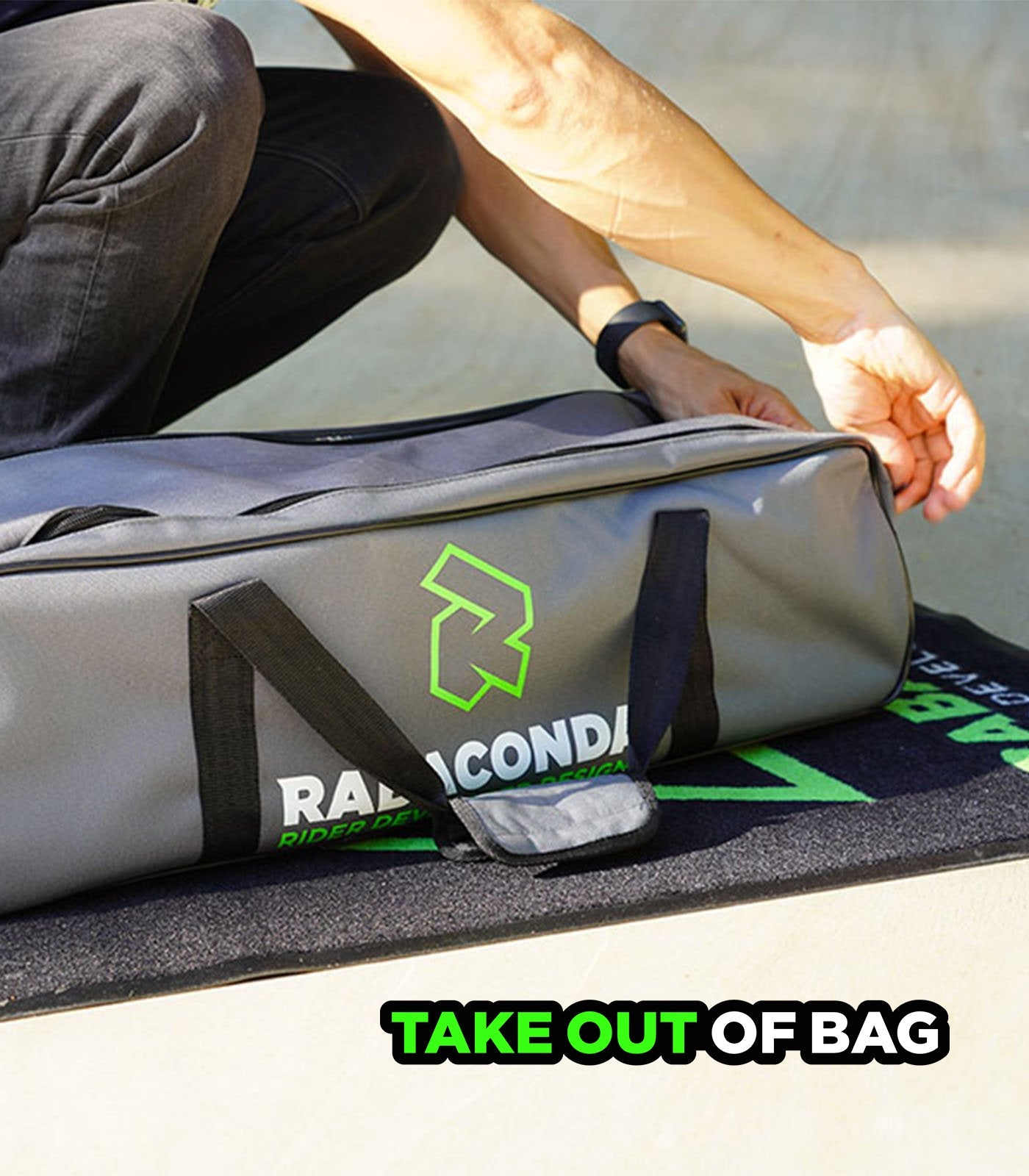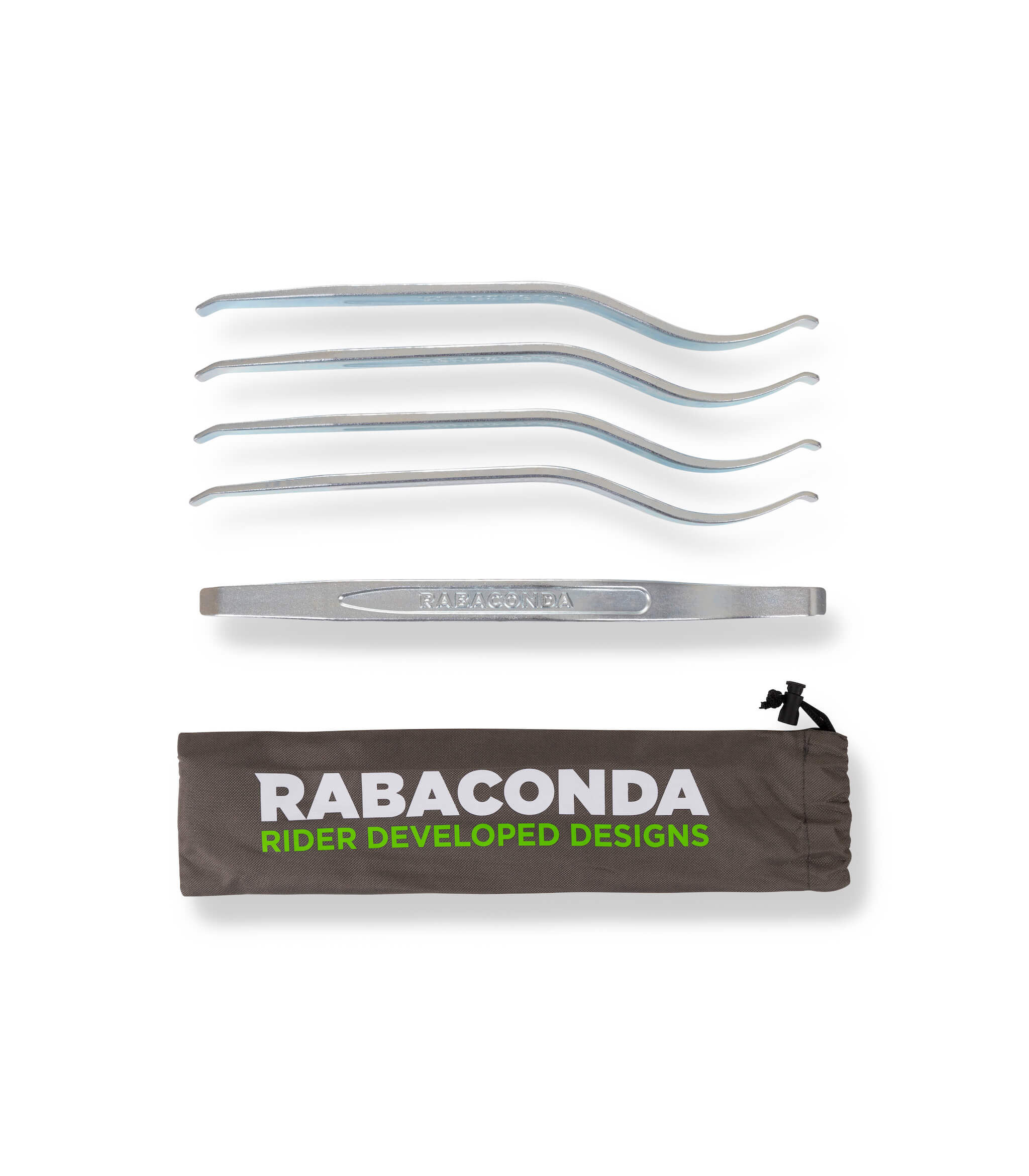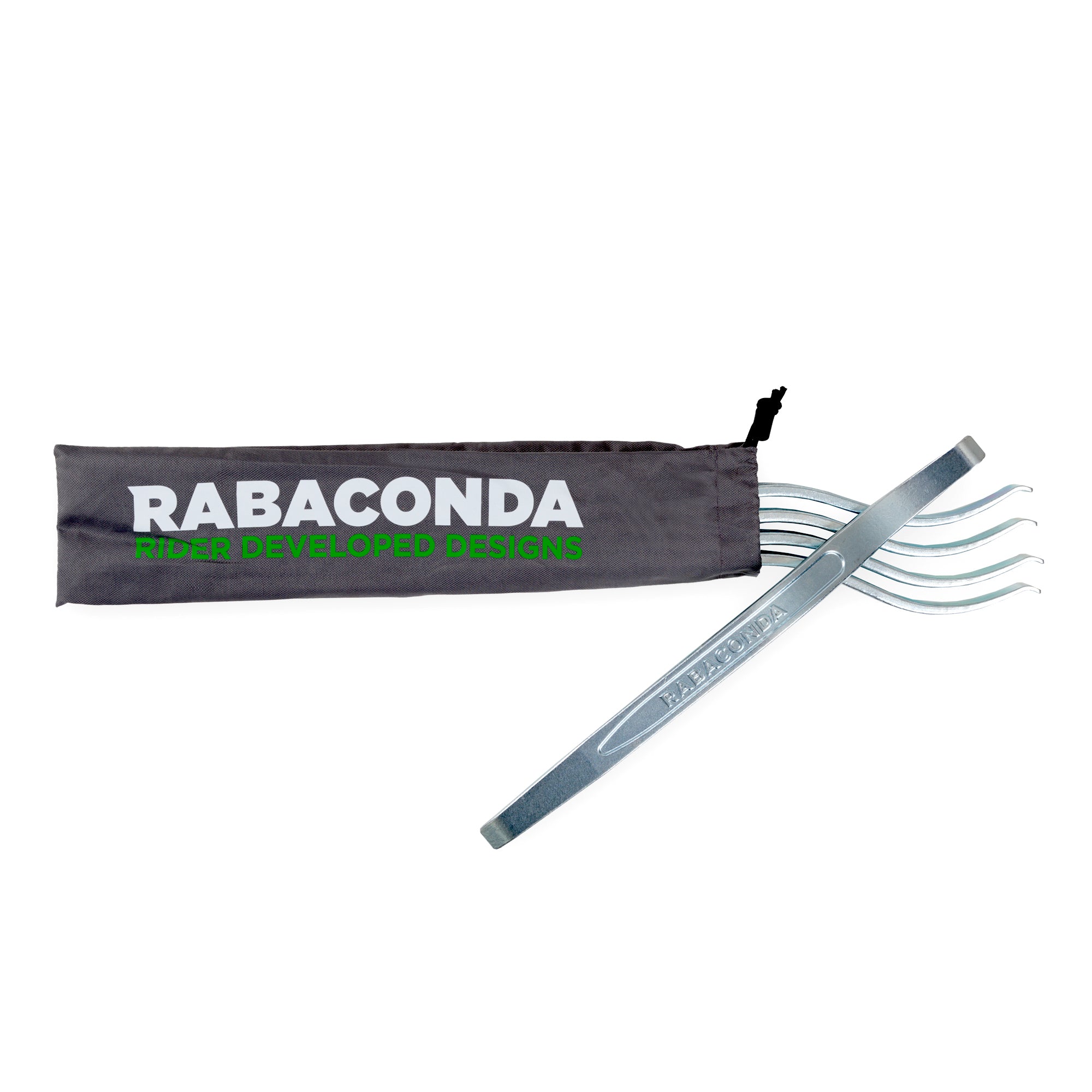Winter Motorcycle Riding - Best Motorcycle Tires for Riding in Winter
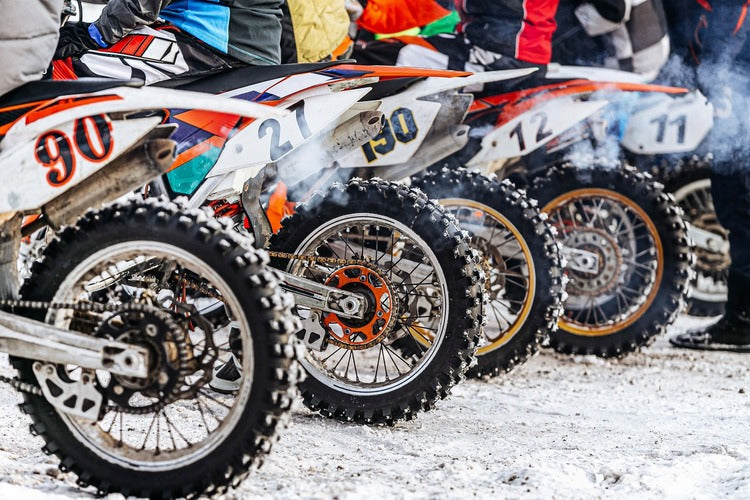
Are you one of those brave souls intending to ride your motorcycle throughout the winter, ice and snow be damned? If so, we’re with you: Being from a Nordic country, we too refuse to park our bikes during the cold months.
Winter motorcycle riding can be awesome – or, well, somewhat enjoyable at the very least – but there are a few things to keep in mind before you braap in the brr. It's going to be cold and slippery, the visibility will be reduced and you might need to prepare your bike and your gear before you hit those icy roads and trails.
In this post, we’re sharing our experience and tips on winter motorcycle riding including prep, maintenance, winter motorcycle tires, riding in the cold and just about everything in between.

Winter Motorcycle Riding: Weather
Okay, so the fact that you’ll be facing rain, fog, cold, sleet, snow, ice and other nasty weather conditions in the wintertime isn’t exactly news. However, all of these factors will affect your riding. The bike handles differently on different terrain, and the same goes for varying weather conditions.
Snow, sleet and ice mean one thing: loss of traction. Depending on the type of bike and tires you have, this could be a minor inconvenience…or a huge pain in the behind.
Then, there may be hidden ice, black ice (the kind that’s so thin and translucent you don’t see it) and road damage from salt and corrosion that’s hard to spot in time.

In other words, both paved roads and off-road trails are treacherous in winter, and loss of traction is something to keep in mind. Slow down, leave a bigger braking distance than you would normally, and remember, smooth and steady is the way to go – on slippery surfaces, sudden, jerky movements are a bad idea.
Cold temperatures might also mean cold starts: Some bikes just don’t appreciate the below-zero weather. If that’s the case with yours, see if you can replace the battery with a better one. In some cases, thinner engine oil can also be helpful.
A few simple bike mods like handguards and a higher windshield ( if you don’t already have them) can help protect you from the wind. It may seem insignificant, but it does make a big difference.
Weather will also impact visibility, both yours and those around you. Hi-vis may not be your favorite thing, but on those darker, foggier days, donning a bright yellow vest over your gear will help you be seen. Equally, your own visibility will be reduced, so use anti-fog inserts in your visor and be extra alert when riding, especially during the afternoon hours.
Finally, cold weather equals cold riding, so insulate well. Layers help, and so does heated gear; some bike mods like heated grips and seats are godsent in subzero temperatures.

Best Motorcycle Tires for Winter Riding
When it comes to motorcycle winter tires, it’s not quite as simple as with cars. If you drive four wheels, you just swap your summer tires for winter ones, and the job’s done. But what about motorcycle winter tires?
Most riders don’t bother with tires made specifically for winter riding – they just use their regular, 50/50, or adventure tires. In most cases, that’s probably enough, especially if you’re mostly dealing with rain and cold rather than heavily packed snow.
The devil is in the details, however: Tires are all about the compound they’re made of. Some rubber simply doesn’t do well in cold temperatures, so if you’re riding in subzero temperatures and snow, look into getting winter motorcycle tires.
There are only a handful of tire manufacturers that make winter tires for motorcycles, namely Anlas, Mitas, Heidenau and Metzeler. Most of them are marketed as “all-season,” so look for the 3PMSF snowflake symbol on the tire – this indicates that the tire is made for riding in the snow.
Note that in some countries, it’s illegal to ride your motorcycle without winter tires. It’s rare, true, but double-check anyway - you don’t want to get a fine on top of a cold!
Finally, it’s important to keep an eye on your tire pressure. In winter, motorcycle tire pressure can drop quickly, so always check it before you ride out. Equally, be careful when starting: even with winter motorcycle tires, you’ll have a better grip once the tires warm up a little.
Studded Motorcycle Tires for Winter
Planning to ride in the snow and wheelie on ice? More power to you – but if you’re going for an enduro session in a snowy forest, get yourself some studded tires. Studs offer serious grip in soft and packed snow as well as ice, and without them, you’ll skid and slide all over the place. You can either purchase ready-studded tires or add the studs yourself.

For motocross and enduro winter riding, you’ll need studs that are 4 to 8mm long. For road riding, you’ll need smaller studs - usually around 1-2mm, much like car tire studs.
For more information on recommended stud sizes, use this handy winter stud guide. Generally, however, it’s best to use small studs when riding road, icy road, and hard-packed, icy dirt or gravel, and go for longer studs when you’re planning to ride snow, hard-packed snow, muddy snow, or fresh snow.
Studded motorcycle tires for winter are so popular in the Nordic countries, you can even stud your scooter tires (We kid you not). However, don’t forget to remove the studs or replace your studded tires once the weather improves - riding on the road with studded tires, especially if it’s enduro studs, will make you slip.
Changing tires doesn’t cost that much (in fact, it costs nothing if you’re doing it with Rabaconda), but it’s extremely important for a trouble-free ride.

Winter Riding: Technique
Now that your steed is properly shod, it’s time to think of your riding technique. Even if you’re a seasoned pro, riding in winter is different: There’s less traction, less grip and less visibility. We already mentioned slowing down overall and leaving a larger breaking distance, but there are several other things to keep in mind:
- Your ABS. If you can’t turn it off, take some time to get used to it again on wet, slippery, or icy roads.
- Do all your breaking and shifting while upright and in a straight line: If you suddenly grab a brake while leaning into a corner on a wet road, you may end up going down.
- Smooth and steady is your new mantra for riding a motorcycle in winter. Plan your lines, stops and acceleration ahead, go easy on the controls, and if in doubt, don’t throttle out – just slow down.
- Remember that cold weather means you’ll tire faster. Stop for hot drinks or snacks more often than you do in the summertime.
- If you can, avoid riding in the dark. Visibility is already reduced in winter, and riding in the dark, especially if there’s rain or a snowstorm brewing, can be dangerous.

Winter riding: Gear
You’ve got your motorcycle winter tires, your heated grips, your hi-vis gear…now what? Riding gear is always important, but during the cold months, good insulation is crucial if you want to enjoy the ride rather than just merely survive it.
While there are plenty of gear manufacturers (think Rukka or KLIM) who offer solid all-season riding gear, layers are the secret sauce. Instead of putting on one huge woolly sweater and hoping for the best, layer up. Why? Layering creates tiny pockets of air between your skin and clothes creating more insulation.
A classic combination for winter riding is a thin, moisture-wicking base layer, a thermal layer, and, if you’re battling snow and subzero temperatures, a windproof layer underneath your jacket. Don’t forget a good neck buff or scarf – you’d be amazed how much body heat you’re losing if your neck is unprotected. Finally, add a pair of thermal leggings under your riding pants, and don’t forget good winter socks and gloves.
Another great option for riding in winter is heated gear – heated vests, jackets, pant liners and gloves work wonders no matter the temperature. Most heated gear can be plugged straight into your bike, so you don’t need to worry about battery life.

Winter Riding: Maintenance Tips
If this is your first season of winter motorcycle riding, you may want to keep an extra eye on your bike’s maintenance. Most motorcycles aren’t meant to be ridden in subzero temperatures, so it’s always worth checking your fluids, your battery and your cables. Even if you aren’t headed to the coldest city on Earth in wintertime, remember that fluids can freeze and cables can shrink and crack if the temperature drops below -10 degrees Celsius or 14 degrees Fahrenheit.
Zero temperatures can also be tricky: Riding in 0 degrees Celcius means there’s plenty of humidity, rain and melting snow. The second the temperature drops, the water freezes quickly causing problems.
Additionally, always remember to clean your bike after riding: All that salt used to clear roads in winter can lead to corrosion. If you ride daily, using anti-corrosion spray or at least some WD40 before heading out the garage door can help prevent damage.
Winter motorcycle riding may seem like a big (and cold!) challenge, but once you get the hang of it, it’s just as rewarding as riding in the summer – perhaps even more so, given that, unlike your fair-weather friends, you get to enjoy riding year-round.
What’s your take – yay or nay to riding motorcycles in winter? Share your thoughts in the comments below!

